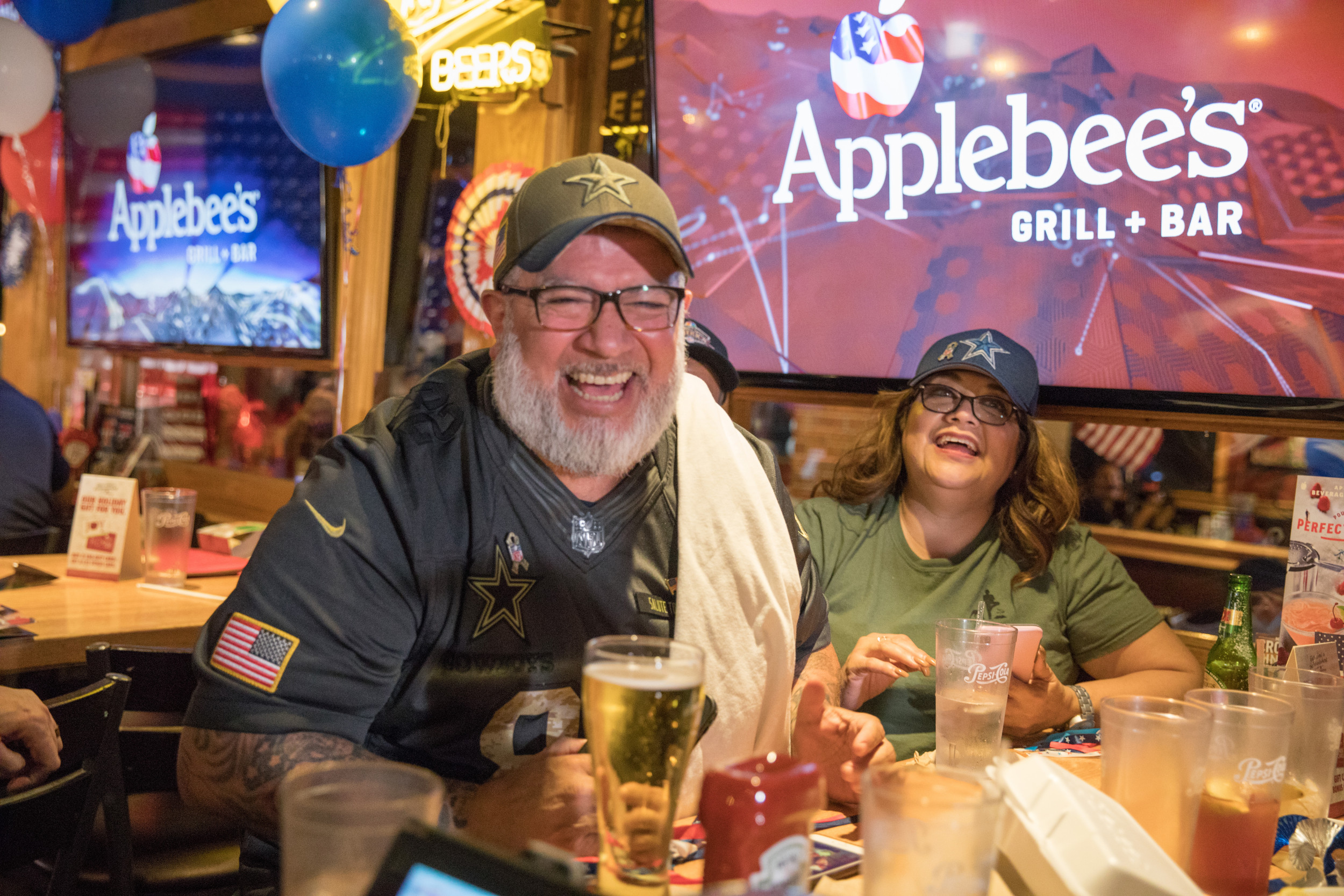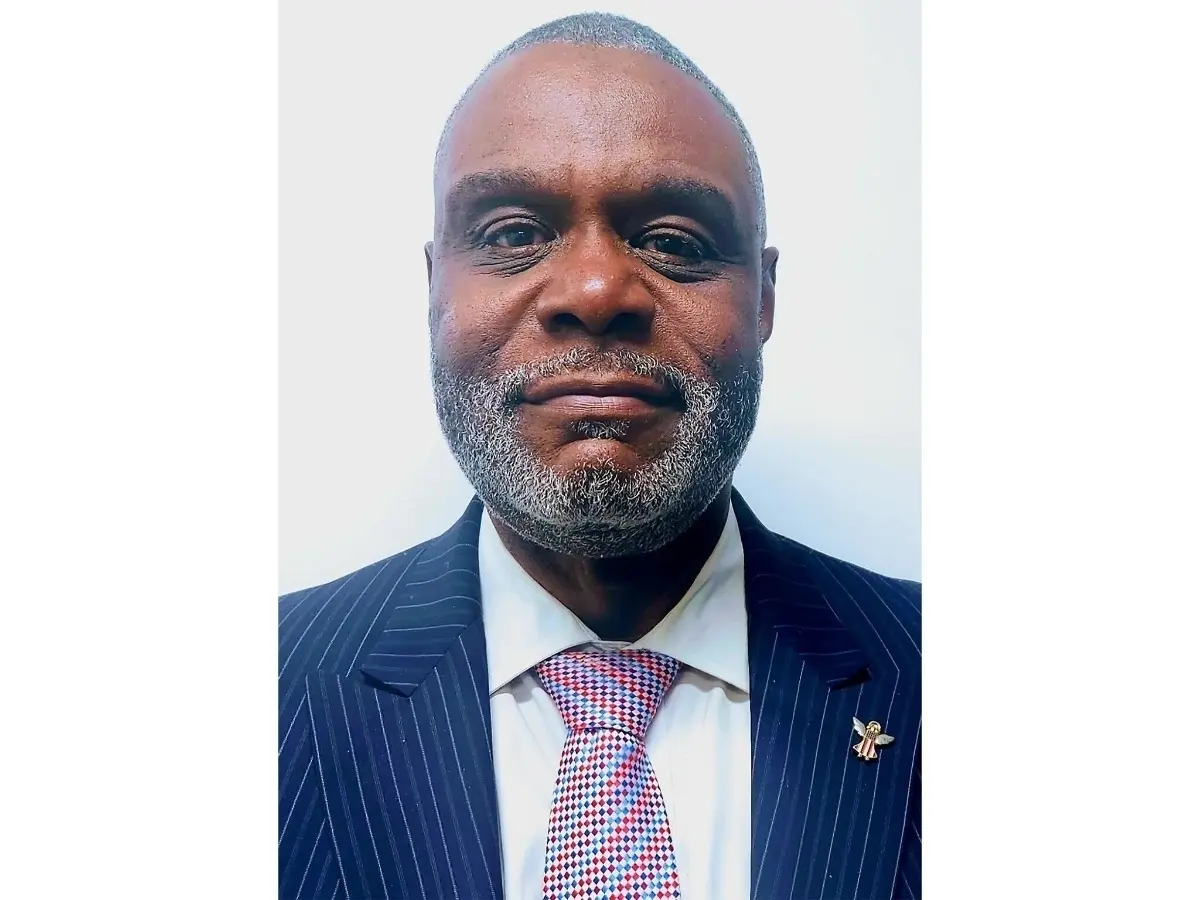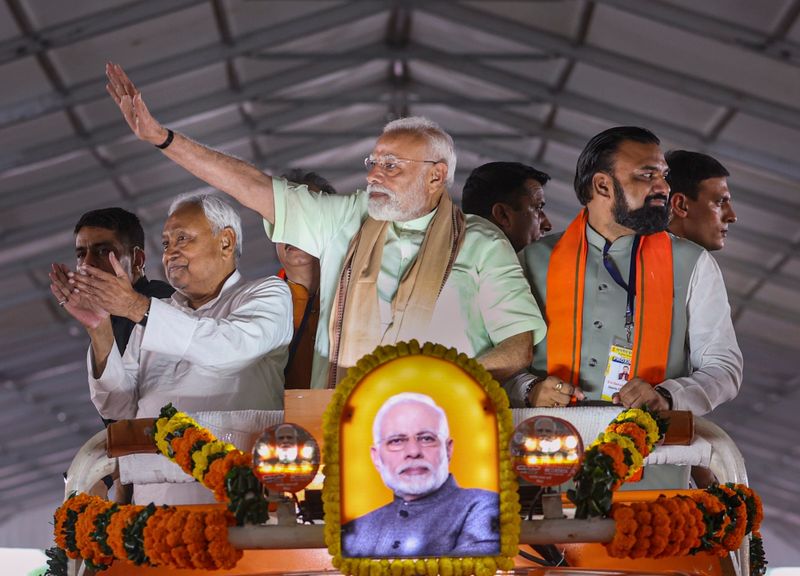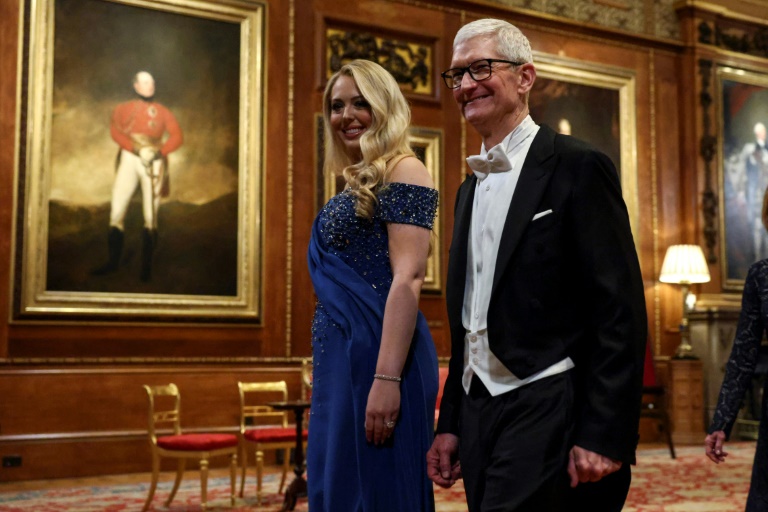
At a time when Americans seem split on nearly everything — from vaccine mandates to interpretations of free speech — one of the last places where people from different walks of life still sit side by side may be your local Applebee’s.
Step into any suburban chain restaurant in America on a Saturday night and you’ll see it: teenagers in prom gear snapping selfies by the hostess stand, a family of five wrangling crayons and chicken tenders, retirees splitting a molten chocolate cake, and a construction crew in neon vests crowding a corner booth.
In a country where political and cultural rifts run so deep that 80 percent of adults say the nation is “greatly divided on the most important values,” that shared booth is worth noticing.
That’s the conclusion of a 2023 study by economist Maxim Massenkoff and MIT sociologist Nathan Wilmers, who found that casual-dining restaurants may do more to bring America’s divided classes together than churches, libraries, parks, or even schools. The study, titled Rubbing Shoulders: Class Segregation in Daily Activities, has taken on new prominence in the aftermath of the Charlie Kirk assassination and the feeling among many Americans that something has gone seriously wrong in our civil society.
A Nation of Strangers
Using geolocation data from millions of anonymized mobile devices, the researchers mapped where people from different income brackets physically overlap. The results weren’t encouraging. Most Americans — especially those at the top and bottom of the income scale — rarely share space. They shop at different stores, use different services and stick to their own neighborhoods.
The exception? Restaurants like Olive Garden, Applebee’s and Chili’s.
“These chains are moderately priced, so lower-income people can afford to eat there, especially for special occasions,” Wilmers told Newsweek. Middle and upper-class Americans also visit such chains, as they are typically convenient, fast and reliable.
For decades, sociologists have praised so-called “third places” — parks, libraries, churches, cafés, and community centers where people gather beyond home and work. But many of those places no longer act as the social mixer they once did.
A park in a wealthy suburb may be open to everyone, but it mostly serves locals. A library in a working-class town will mostly serve working-class patrons, to the extent people check out books at all anymore. Churches tend to reflect the race and income of their congregations, and church attendance has been declining for decades. Coffee shops have become makeshift cubicles for the remote-worker class.
“Location shapes who shows up,” Wilmers said. “Socioeconomic segregation is strong in terms of where we live and where we work. And we find it is also strong in the patterns of where we shop and eat and visit.”
Dollar stores and pharmacies may, in theory, serve everyone — but in practice, they serve whoever lives nearby. And neighborhoods are increasingly economically homogenous. Most people shop close to home or online. Applebee’s, by contrast, isn’t on every corner.
“They’re not so common that every neighborhood has one — people head across town to go to Olive Garden,” Wilmers said. “In contrast, highly local destinations typically reproduce residential segregation patterns.”
An American Epidemic
Those divisions are also personal. In a February 2025 cover story in The Atlantic, writer Derek Thompson described the rise of “The Anti-Social Century.” Americans, he noted, are spending more time alone than at any point since records began in the 1960s. Face-to-face socializing is down 20 percent in two decades, while solo dining has jumped nearly 30 percent in just two years.
“Self-imposed solitude might just be the most important social fact of the 21st century in America,” Thompson wrote. Even before the pandemic, Americans had begun retreating — and many haven’t returned.
The nation’s top doctor echoed the alarm. In 2023, then Surgeon General Vivek Murthy declared loneliness a “public health crisis,” noting that about half of adults report some form of it. He compared chronic isolation’s health risks to smoking 15 cigarettes a day and warned it was linked to heart disease, dementia, depression and early death.
At the same time, polarization and distrust are rising. Only 26 percent of Americans say they know all their neighbors, and most never socialize with them. Nearly two-thirds believe trust among Americans is shrinking. The World Happiness Report has linked declining trust and life satisfaction to political polarization and populist anger.
Wilmers and Massenkoff’s findings echo these trends. Americans aren’t just isolating at home — they’re replicating it in public. Because most people shop near home, even shared spaces like post offices or grocery stores reinforce segregation. People are sorting into bubbles not just at work or online, but also while running errands or grabbing dinner.
There’s also risk in how cities shape these environments. Some zoning laws, meant to preserve local character or limit “formula businesses,” restrict where chain restaurants can open. But these rules may unintentionally eliminate some of the few places where class mixing still occurs.
“Policymakers might not understand that chains like these can bring the benefit of pulling diverse people together,” Wilmers said. “This shouldn’t be overlooked in urban planning decisions.”
Upward Mobility Through Shared Chopsticks
So what does class mixing have to do with loneliness? Potentially a lot. One of the most important forms of social connection is “bridging” friendships — relationships that cut across lines of difference, whether race, religion, or class.
Wilmers and Massenkoff show that the significance of these cross-class encounters goes beyond friendship. Even brief, ambient points of contact — waiting for a table, sharing the dining room, seeing who else is seated nearby — may shift how people view one another, as well as their own economic prospects.
“Contact with higher-income others may increase aspirations, build social networks, or change perceptions of upward mobility as an attainable goal,” the researchers write. These so-called “weak ties,” though fleeting, can foster hope, visibility, and belonging in spaces not traditionally built for you.
Their brand-level analysis adds nuance: those in the top income neighborhoods are about twice as likely to encounter other wealthy people as chance would suggest. But if people traveled just a bit farther, or if moderately priced chains were slightly more common, exposure across class lines could increase significantly.
Still, the people most isolated are those at the very top and very bottom. The “bubble for the rich” isn’t just a metaphor: the highest earners overwhelmingly encounter one another.
The researchers don’t argue that a family dinner at Chili’s will fix inequality or reverse polarization. But they do argue that where Americans spend time — and who else is in the room — still matters, even in our digital age. While unlimited jalapeño poppers might not sound like a cure for national discord, researchers suggest they can bring Americans together in ways that politics and policy often cannot.



